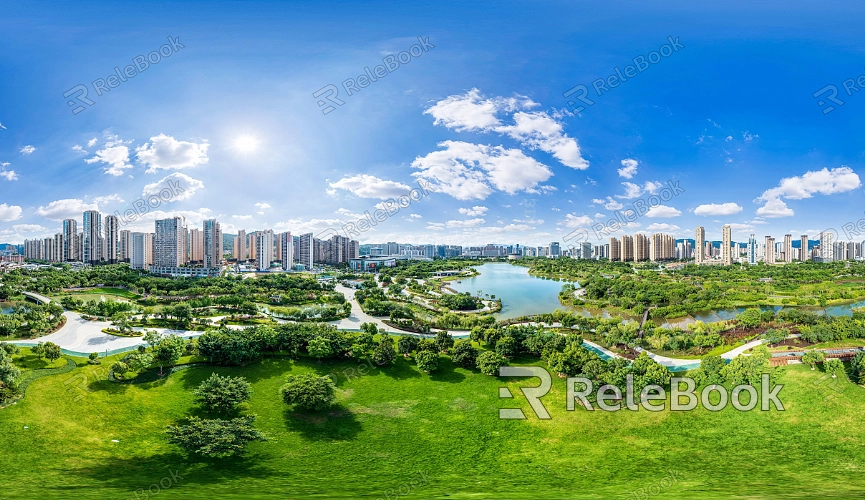Why Does HDR Look Worse
HDR is widely used in 3D modeling and rendering to provide richer light and shadow details, significantly enhancing the realism of scenes. However, many designers encounter issues where HDR effects fall short of expectations, impacting both the visual quality of their work and the efficiency of their design process. This article will explore common reasons HDR might look worse than anticipated and offer practical solutions to improve your results.

1. Incorrect Exposure Settings
Insufficient Exposure
When exposure values are set too low, the brightness and contrast of the scene are compromised, resulting in a dull image with lost details. This issue is particularly noticeable in low-light environments, where HDR effects may fail to shine.
Overexposure
Overexposure can cause loss of detail in the highlights, making the entire image appear flat. Even though the image may seem brighter, it often lacks necessary contrast, giving a grayish look.
Adjustment Tips
To achieve the correct exposure, it's essential to fine-tune the exposure values multiple times to find a balanced setting. This approach ensures that the contrast between light and dark areas is optimized, improving the HDR effect.
2. HDR Image Quality Issues
Limited Dynamic Range
The dynamic range of an HDR image determines the contrast between highlights and shadows. If the image's dynamic range is limited, the rendered scene may lack depth and dimension, affecting the final outcome.
Low Resolution
HDR images with low resolution cannot display sufficient detail, leading to a blurry appearance. This blurriness affects lighting effects, making the overall result look subpar.
Solution
Opt for HDR images with high dynamic range and high resolution to significantly enhance rendering quality. If finding high-quality HDR images seems cumbersome, visit Relebook to access a wide range of premium HDR resources and easily elevate your project.
3. Inadequate Lighting Setup
Insufficient Light Intensity
The intensity of the light source greatly affects HDR results. If set too low, objects in the scene will appear dull and lackluster, impacting the overall visual effect.
Improper Light Direction
The direction of the light affects the light-shadow relationships in the scene. Incorrect light direction can lead to unclear shadows and highlights, causing the image to look dim and lifeless.
Adjustment Tips
Adjust the light intensity and direction according to the scene’s requirements to ensure even distribution. Proper lighting setup will enhance the image's contrast and overall realism.

4. Mismatch Between Materials and HDR Lighting
Improper Reflection Settings
The reflection properties of materials play a crucial role in HDR effects. Incorrect settings, especially if reflections are too weak, can prevent objects from effectively reflecting light, degrading the image quality.
Color Temperature Mismatch
If the material’s color temperature does not match the HDR light source, the scene’s color balance may be off, making the overall effect appear dull and unbalanced.
Adjustment Tips
Adjust the reflection properties and color temperature of materials to align with the HDR light source. This will enhance the realism and depth of the HDR effect.
5. Insufficient Rendering Settings and Post-Processing
Low Sampling Rate
The number of samples during rendering directly impacts image quality. A low sampling rate can result in noise, especially in dark areas, causing a blurry appearance and affecting the final effect.
Inadequate Post-Processing
Even with proper pre-render settings, poor post-processing can hinder HDR effects. Adjustments to contrast, brightness, and saturation must be balanced; too much or too little adjustment can degrade image quality.
Adjustment Tips
Increase the sampling rate during rendering to reduce noise and ensure a clear image. In post-processing, carefully adjust parameters to highlight HDR effects and enhance the image's clarity and vibrancy.
By addressing these common issues and applying the provided solutions, designers can effectively improve HDR rendering results, enhancing the scene’s realism and visual impact. While HDR technology can be complex, proper adjustments and settings can significantly boost project quality.
If you’re looking for high-quality HDR images, 3D textures, SketchUp models, or 3ds Max models, Relebook is an excellent resource. Relebook offers a vast selection of professional resources and high-quality assets to help you achieve the best results in your projects and create stunning visual effects.

